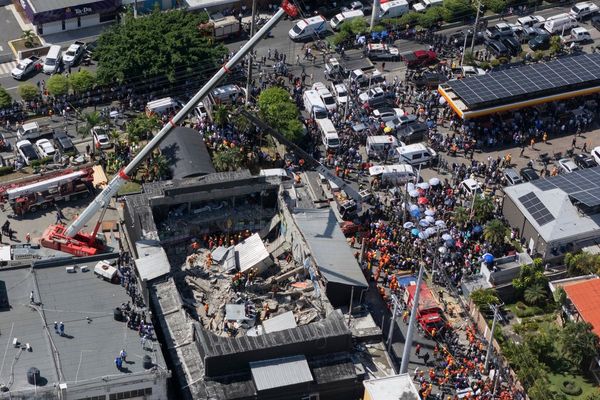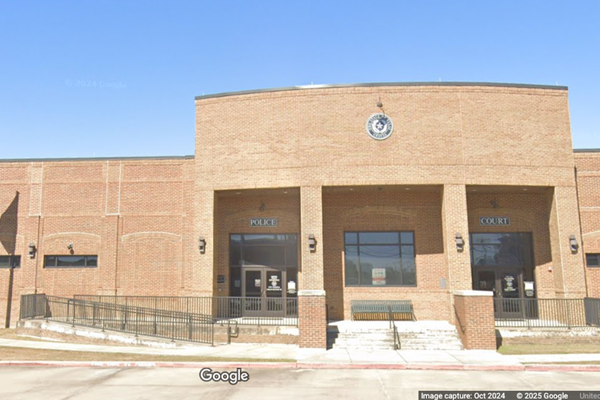
2003
A 33-year-old woman is raped and left for dead on a motorway embankment in Salford as she walks home. She recalls causing a “deep scratch” to her attacker’s face. Andrew Malkinson is visited by police officers the next day who see he has no scratch. He is arrested two weeks later and then picked out of a video lineup.
2004
Malkinson is convicted of rape and sentenced to life in prison, despite no DNA evidence.
2006
Malkinson’s first appeal is refused.
2007
A male DNA profile in a “crime specific” location on the victim’s vest top that does not match Malkinson or the victim’s then boyfriend is uncovered in a nationwide review of the forensics used in historic rape and murder cases, called Operation Cube. Greater Manchester police and the Crown Prosecution Service are alerted. It is searched on a local section of the police database but no match found.
2008
A report into the new DNA discovery is written by the Forensic Science Service (FSS) in April.
2009
July: Malkinson applies to the Criminal Cases Review Commission (CCRC) to look at his case.
August: Case log entry by a CCRC staff member reads: “Read papers today … I am slightly bemused by the submissions … Just because it appears there is someone else’s DNA on the complainant’s vest, not [the boyfriend’s] or the applicant’s, cannot surely produce a successful referral in view of all the other strong ID evidence.”
December: Greater Manchester police and the Crown Prosecution Service meet forensic scientists at the FSS to discuss the DNA development. It is acknowledged that the location of the DNA on the vest top is “crime specific” but no further work is commissioned.
A meeting log confirms the forensic scientist on the case recommends that Y-STR testing, which isolates the male chromosome (as commissioned by Malkinson’s lawyers a decade later), could be done to get a clearer result but the CPS advises against it.
The then head of the CPS’s complex casework in Manchester advised that unless there was an appeal “he did not see that there was a need to do any further work on the file”. He added: “If it became apparent that there was to be a further appeal based upon [the forensic scientist’s] additional work, then the position would change and the question of additional work in relation to bolstering the case as it stands could be undertaken.”
2011
October: CCRC case log summarises a meeting with a forensic scientist and says they said: “We are not going to get a profile from the material available which is capable of being searched and as a result someone identified. On the face of things this tends to support the position that the commission has done everything reasonable and there is no convincing reason to take forensic investigation any further.” However, searchable DNA had already been found – and searched in 2007.
November: Case log shows the significance of the location of saliva on the vest top appears to have been missed by the CCRC, despite the CPS acknowledging its significance as “crime specific” two years earlier. The note says: “The location of the DNA on the vest top does not make it any more likely to have been left by the attacker as opposed to a different individual.”
2012
The CCRC refuses Malkinson’s 2009 application without looking at the full police file or commissioning further DNA testing.
2016
The late journalist Bob Woffinden publishes The Nicholas Cases: Casualties of Justice, a book with a chapter on Malkinson.
2017
Malkinson’s case is picked up by the charity Appeal.
2018
A fresh application is made to the CCRC detailing flaws in the witness evidence. The CCRC does not commission further forensic testing or a fresh search of the police database.
2020
CCRC refuses Malkinson’s latest application. Malkinson’s lawyers at Appeal receive initial results of their own DNA testing, which links the crime to another unknown man. Previous criminal convictions of key witnesses are discovered by Appeal after a legal battle for the police file. Malkinson is released from prison on good behaviour.
2021
Malkinson’s lawyers make a fresh application to the CCRC on the basis of DNA and disclosure failures.
2022
A man is arrested in connection with the rape and released under investigation.
2023
January: CCRC refers Malkinson’s case to the appeal court.
July: Malkinson’s conviction is overturned.







